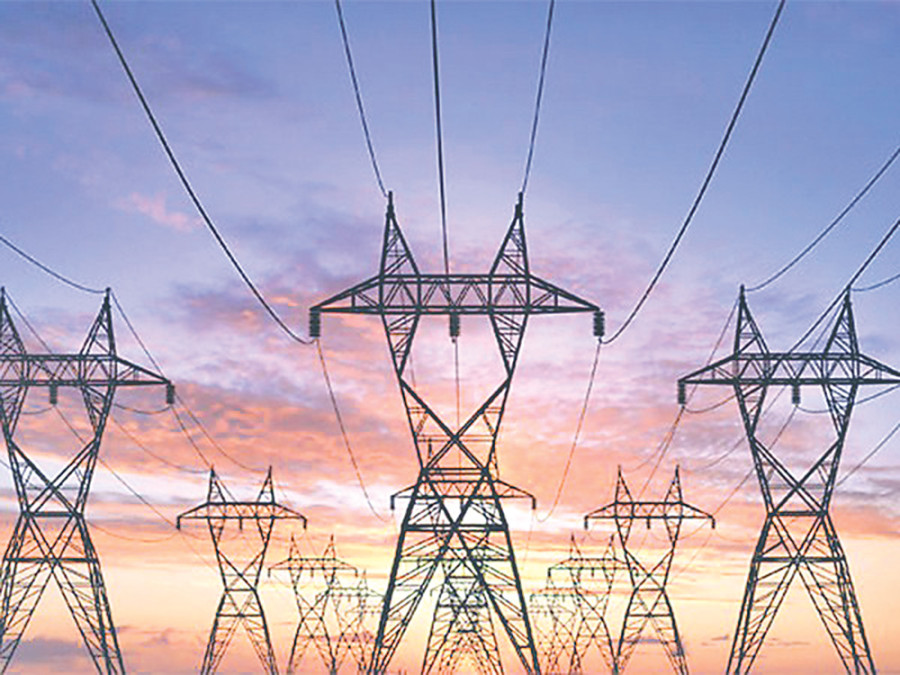Nepal Profits from Selling Electricity to India for the First Time

For the first time in over five decades of electricity trade between Nepal and India, Nepal has achieved a profit. In the fiscal year 2022/23, Nepal earned a profit of NPR 123 million from its electricity trade with India, as indicated by the import-export statistics from the Nepal Electricity Authority (NEA).
According to the NEA, Nepal imported electricity worth NPR 16.81 billion, amounting to 1.83 billion units, while it exported electricity worth NPR 16.93 billion, amounting to 1.94 billion units. This resulted in a net profit of NPR 123 million and a net export of 100.91 million units more than imported.
In contrast, during the fiscal year 2021/22, Nepal faced a loss of NPR 8.99 billion in electricity trade with India, importing electricity worth NPR 19.44 billion and exporting only NPR 10.45 billion. This year, however, Nepal reversed the trend by exporting more electricity than it imported.
Most of Nepal's hydropower projects are river-based, resulting in lower electricity production during the dry season when river water levels are low, necessitating electricity imports from India. Conversely, during the monsoon season, when river flow is high, Nepal can produce electricity at full capacity, meeting domestic demand and exporting the surplus to India.
Kulman Ghising, the Executive Director of the NEA, mentioned that Nepal's shift from a net importer to a net exporter of electricity marks a significant milestone for the energy sector. This transition was achieved by increasing domestic production, allowing Nepal to become a net exporter of electricity.
Nepal began importing electricity from India in 1971 and started exporting it in 1972, initially exporting up to five megawatts from the Trishuli Hydropower Project to Raxaul, India. Over the years, various inter-country transmission lines facilitated this trade, although electricity exports were halted at times due to insufficient domestic supply.
In recent years, commercial electricity trade between Nepal and India began in November 2021. Prior to that, electricity trade was conducted under energy banking agreements, power exchange agreements, and the Mahakali Treaty. According to the Mahakali Treaty, Nepal receives seven million units of free electricity annually from India. Nepal's entry into India's Day-Ahead Market of the Indian Energy Exchange in May 2021 marked a significant step in commercial electricity trading, making it the first South Asian country to do so. Nepal now exports electricity generated from 16 projects, totaling 690 megawatts.
NEA's Ghising noted that while Nepal still imports electricity during the dry season to manage domestic demand, the quantity of exports is expected to increase. The average price of exported electricity is NPR 8.72 per unit.
In 2014, Nepal and India signed a Power Trade Agreement, laying the foundation for commercial electricity trade. Recently, during Prime Minister Pushpa Kamal Dahal's visit to India, a bilateral long-term electricity trade agreement was signed, with India agreeing to purchase 10,000 megawatts of electricity from Nepal over the next ten years. Currently, 600 megawatts of electricity is being sold to India under this agreement, with plans to export an additional 400 megawatts to Haryana and Bihar.
The increased availability of electricity has led to a rise in the use of electric vehicles and induction stoves within Nepal, reducing the import of petroleum products and positively impacting the country's foreign exchange reserves. The surplus electricity export has also contributed to reducing the trade deficit between Nepal and India.
This transition from a net importer to a net exporter of electricity represents a significant achievement and a milestone for Nepal's energy sector.




![From Kathmandu to the World: How Excel Students Are Winning Big [Admission Open]](https://nepalaaja.com/img/70194/medium/excel-college-info-eng-nep-2342.jpg)
